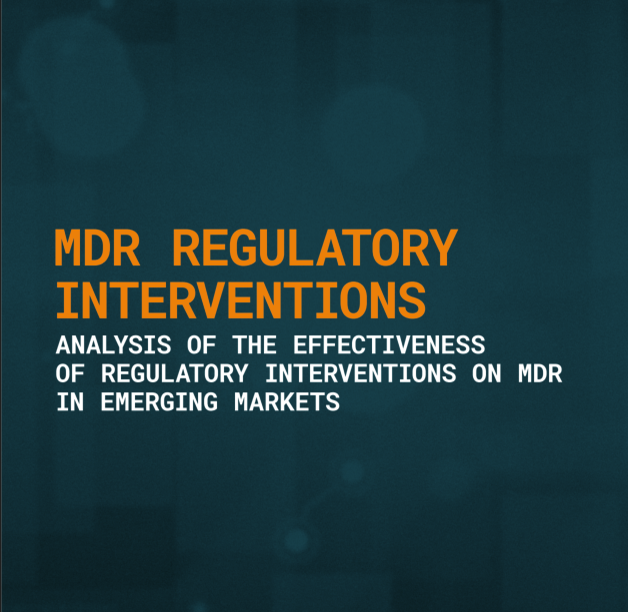EUROPEAN PERSPECTIVE ON EIDS
This industry report is the continuation of our 2019 briefing on eIDs in the Nordic countries. Then, we analysed the development of federated eIDs such as BankIDs, explained why the Nordic countries are leaders in this area, and discussed possible future scenarios. Now, we are going to turn our attention to the rest of Europe, analysing the extent to which other countries have caught up, how various approaches differ, or borrow, from those found in northern Europe, and what developments we might see in the future.
EID SOLUTIONS ON THE RISE ACROSS EUROPE
eID comes in many forms, and adoption of electronic ID solutions (eIDs) is on the rise in many European countries, as detailed in Chapter 5. We identify four drivers for this trend: i) ongoing digitalisation, ii) the Covid-19 pandemic, iii) business considerations, iv) evolving regulations.
AN EVOLVING REGULATORY LANDSCAPE
One of the main drivers for EU and national markets are constantly evolving regulations. We identify two types of laws: facilitating laws such as eIDAS, which encourage the use of digital identities, and imposing laws (such as anti-money laundering laws), which mandate eIDs.
The main challenge for any Europe-wide eID system is to resolve the tension between legislation on an EU level, and the same rules once they are transposed into national legislation. The EU’s main goal is not to establish its own solution, but to establish interoperability between solutions on a national level. One of the biggest obstacles alongside a fragmented legal framework will be reaching mass adoption within markets with different dominant identification methods. We see great promise in the eID wallet, announced by commission president Ursula von der Leyen in 2020, combined with Qualified Electronic Signatures, which will allow national flexibility while ensuring reciprocal recognition and portability for citizens.
OVERVIEW OF EUROPEAN MARKET
Our analysis of the European eID market in Chapter 5 divides Member States into groups according to the maturity of their identification methods and acceptance across the population: pioneers (where most Nordic countries are located), followers and laggards. In all three clusters, we observe several dynamics: ongoing consolidation, expansion of national players and new innovations entering the market.
FUTURE SCENARIOS
Finally, we look to the road ahead. For eIDs to be successful, they need to be convenient and enjoy high adoption. This is not the case for government-issued eIDs, and private entities have filled this gap in many countries.
This makes it difficult to predict what lies ahead. The success of private eIDs in many countries is a barrier to any universal, government-mandated initiative. However, the idea of entirely private-sector solutions raises questions about whether the state is willing to cede control in what is traditionally at the core of its duties: verifying citizens’ identities and issuing the documents with which they can prove it. Further, a private-only approach raises the prospect of a mosaic of private equity-funded solutions and an outcome dependent on which provider acquires which.

%402x.svg)

.svg)



